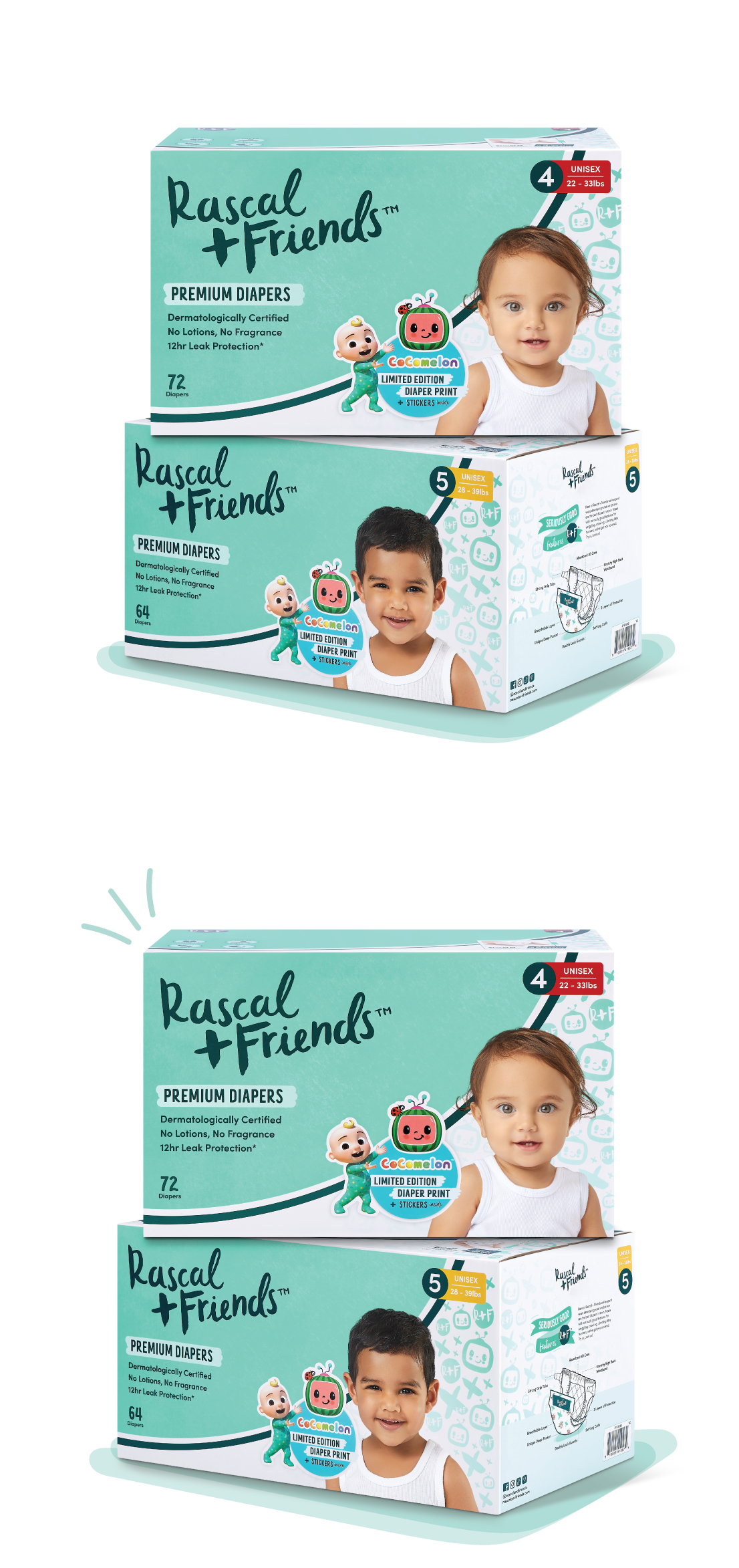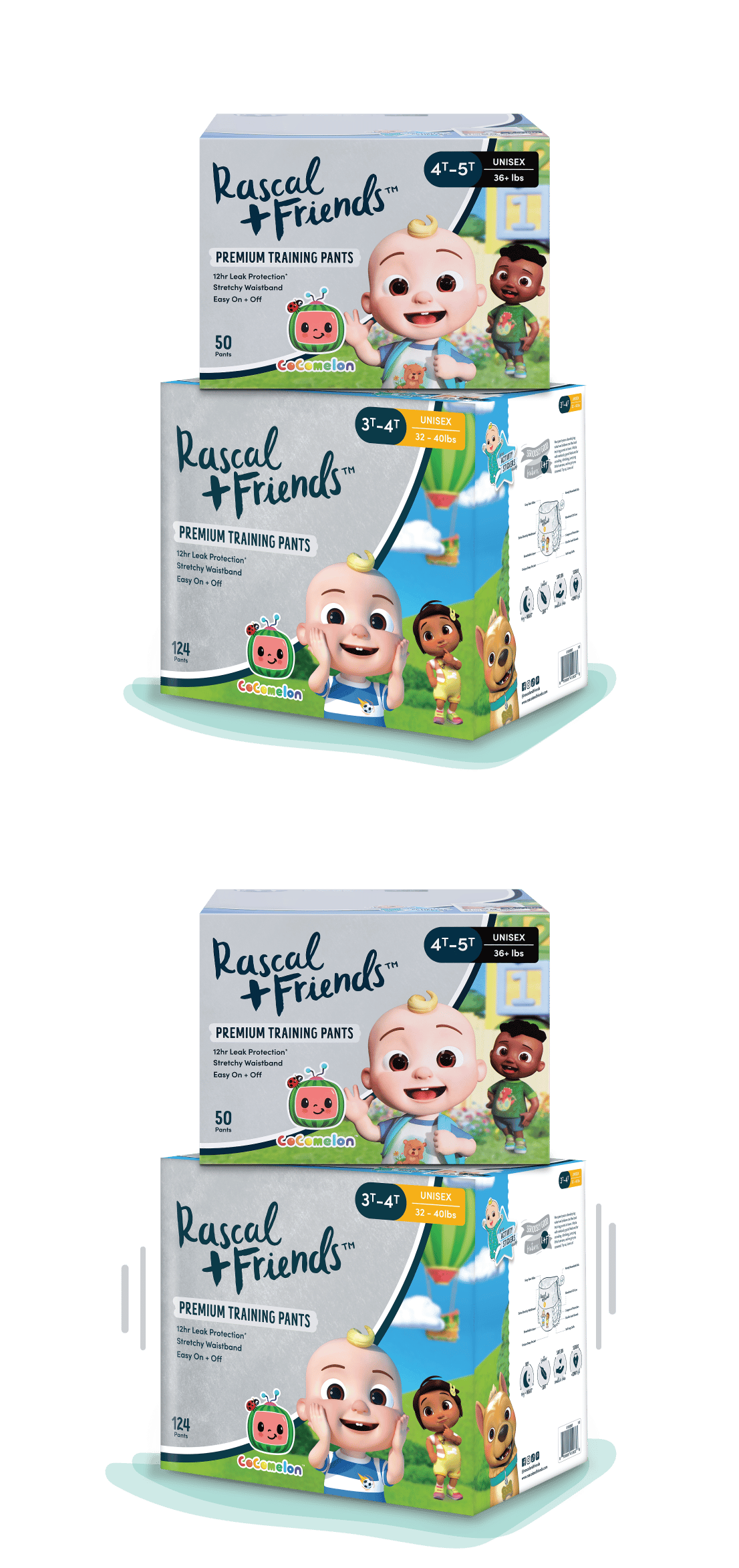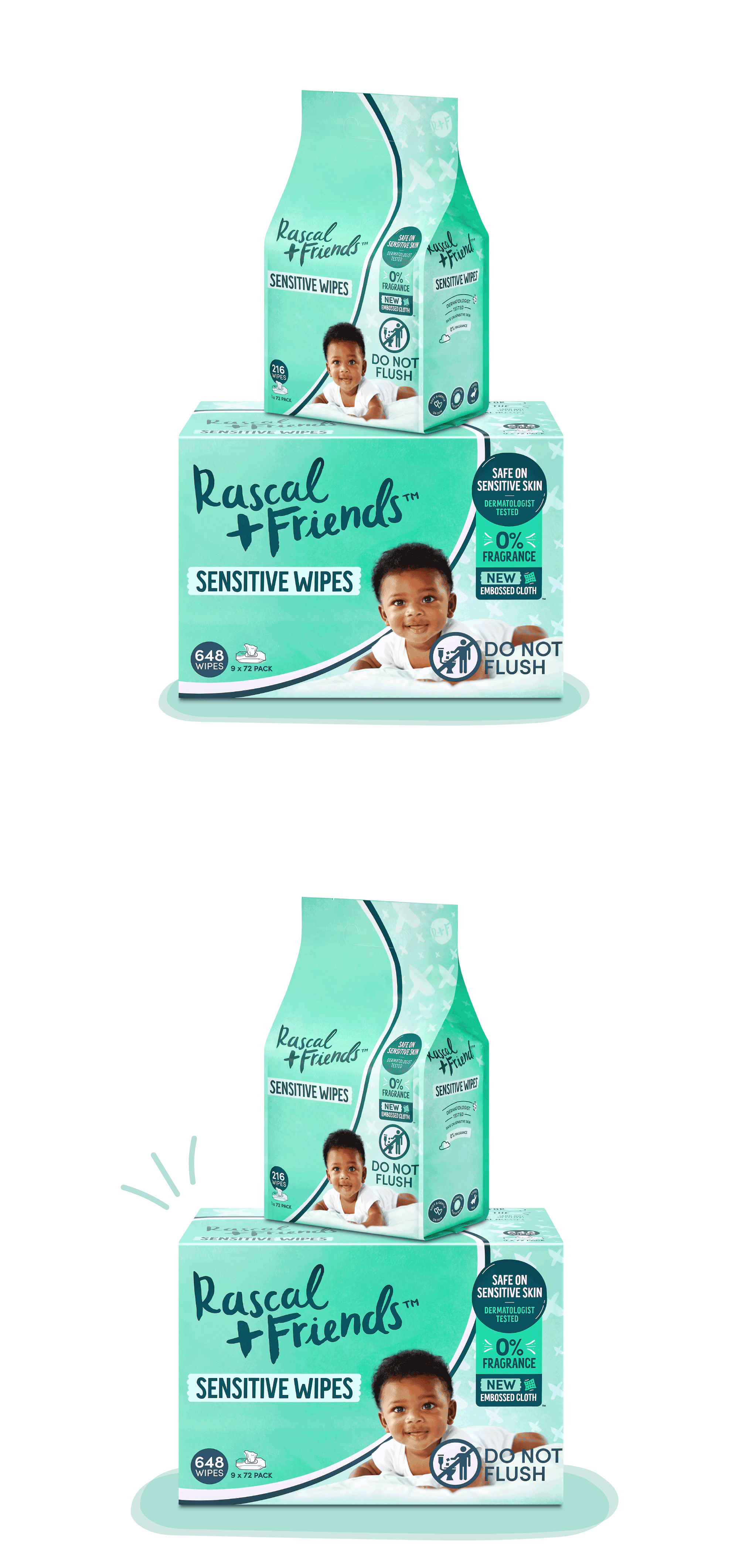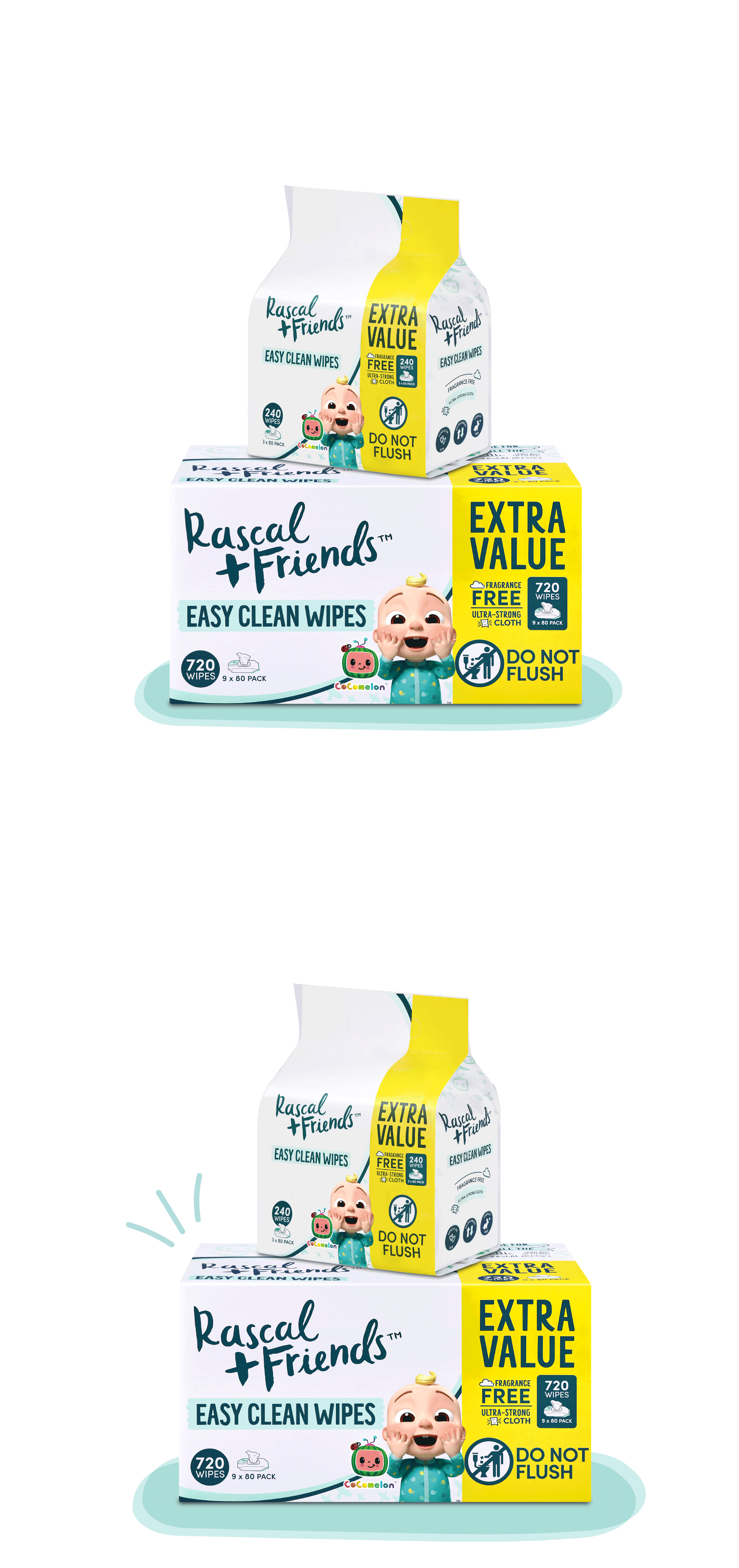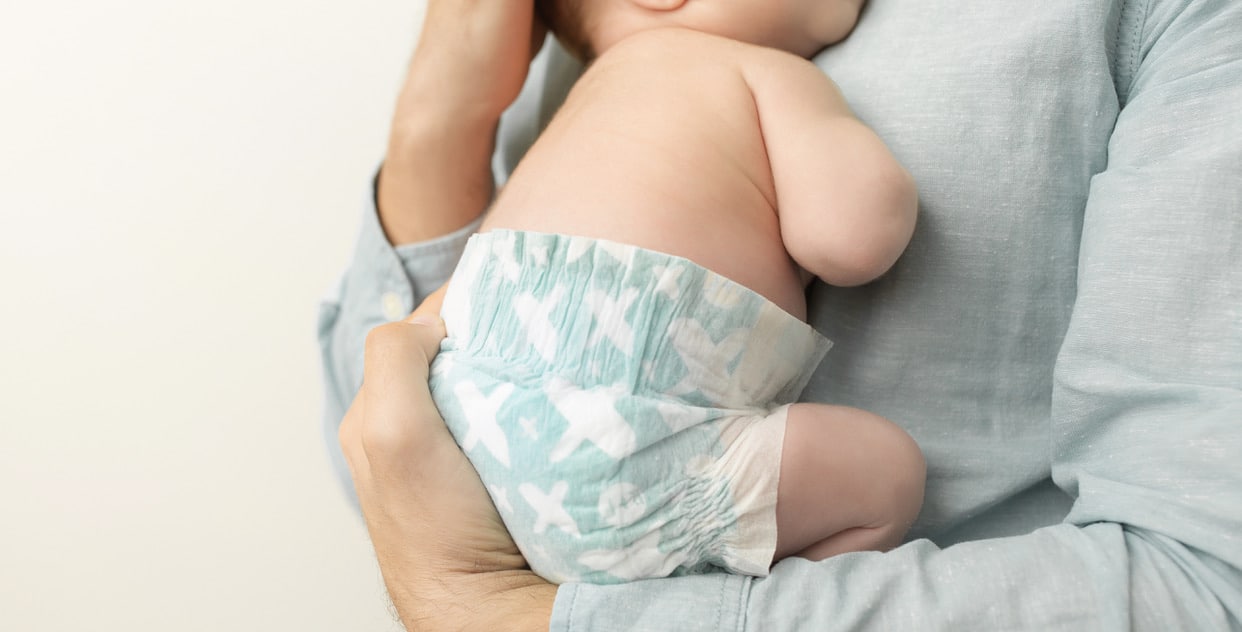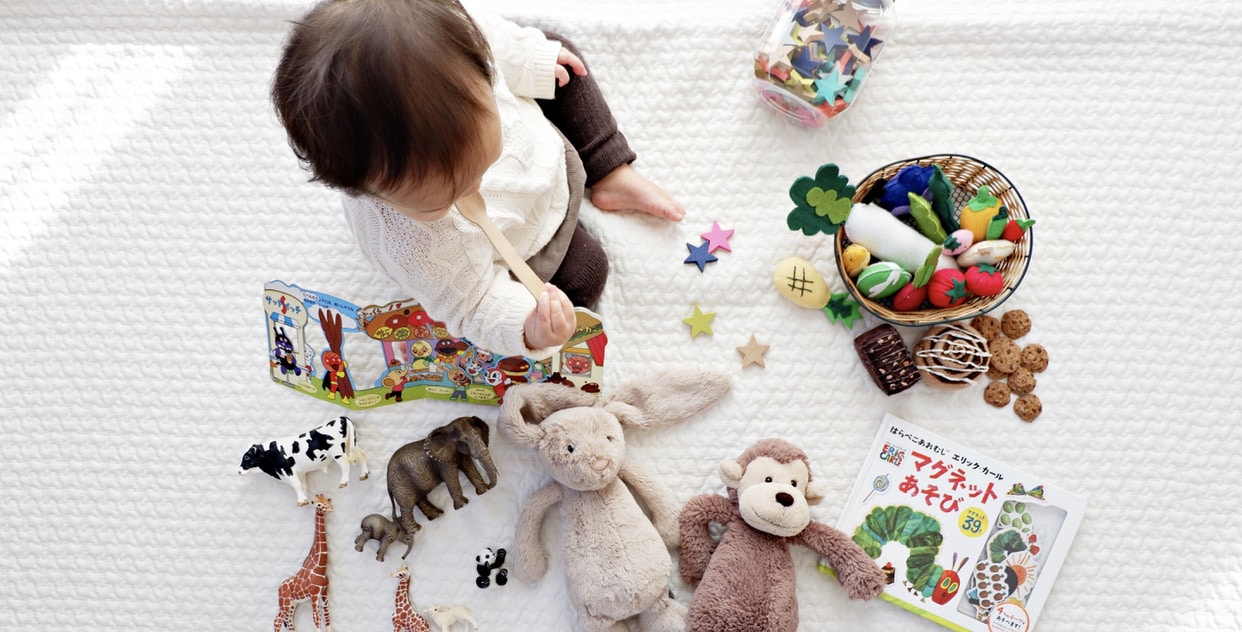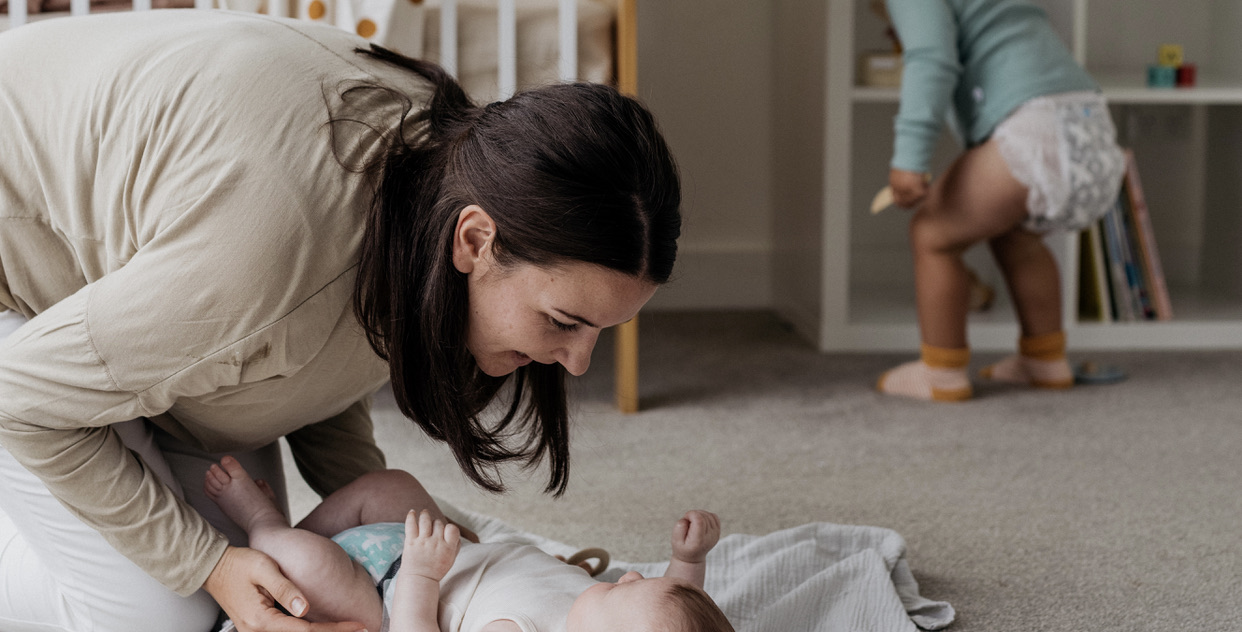After having a baby, mothers enter into what’s called the fourth trimester, where we have to adjust in so many ways to having a newborn in the house. In line with adjusting to new life at home, is understanding newborn sleep patterns and newborn sleep cycles.
Newborn babies usually sleep for about 14-17 hours every 24 hours. Your newborn probably won’t be awake for more than an hour at a time, if even that long. Newborns can get very tired after being awake for more than an hour, so nap time can be anywhere from 15 minutes to 3 hours at a time.
Newborn Sleep Patterns:
A newborn baby’s sleep patterns may seem unusual in the sense that they may sleep most of the day and wake up a lot for most of the night. When you think about it, while pregnant, you were probably more active in the day and less active at night. So during the day while pregnant, your movements would have lulled your baby to sleep, similarly to falling asleep in a rocking chair or a moving car. Conversely, at night, when you would have been less active, your baby would’ve been able to move around a bit more, especially while you sleep. So newborns usually continue this sleep pattern until they mature and develop a circadian rhythm (differentiating day from night) of their own.
Newborn Sleep Cycles:
Now that your newborn is out of the womb, they may seem like restless sleepers. This is partially due to the sleep patterns developed in the womb that continue after birth. It’s also due to the fact that newborns have tiny tummies and need to wake up regularly for feedings. However, a large part of your newborns restlessness is coming from newborn sleep cycles.
Newborns typically have two sleeping modes: active and quiet.
- Active sleep is the same as REM (rapid eye movement) sleep. Half of a newborn’s sleep time is spent in REM mode, which is very light, so babies may move around a lot, make noises and wake up feeling unsettled. They are easily stirred in this mode of sleep so they may wake up easily. As your newborn matures, his/her sleeping patterns will mature as well. Your newborn will eventually have less REM cycles and more stretches of deeper and quieter sleep.
- Quiet sleep is deep sleep where newborns are very still and their breathing is deep and regular. They’re less likely to wake up easily in this sleep mode.
Newborns go through different sleep cycles as they sleep. Each cycle has both active sleep and quiet sleep, which can take about 40 minutes. Newborns usually wake up a little after each cycle. When awake, they may feel a little unsettled and you may have to help them settle in for the next sleep cycle.
Newborn sleep schedule:
Generally, newborns sleep a total of about 8 to 9 hours in the daytime and a total of about 8 hours at night. But because they have a small stomach, they must wake every few hours to eat. Most babies don’t start sleeping through the night (6 to 8 hours) until at least 3 months of age. But this can vary a lot.
What are the signs of sleep readiness?
Your baby may show signs of being ready for sleep when you see the following signs:
- Rubbing eyes
- Yawning
- Looking away
- Fussing
How can you help your baby fall asleep?
Not all babies know how to put themselves to sleep. When it’s time for bed, many parents want to rock their baby to sleep. Newborns and younger infants will fall asleep while breastfeeding. Having a routine at bedtime is a good idea. But if an older baby falls asleep while eating or in your arms, this may become a pattern. Your baby may then start to expect to be in your arms to fall asleep. When your baby briefly awakens during a sleep cycle, he or she may not be able to go back to sleep on his or her own.
After the newborn period, most experts recommend allowing your baby to become sleepy in your arms, then placing him or her in the bed while still awake. This way your baby learns how to go to sleep on his or her own. Playing soft music while your baby is getting sleepy is also a good way to help create a bedtime routine.
How to: Newborn Sleep Training
Sleep training typically starts when your baby is 4-6 months old, but here are some simple things you can do beforehand to help facilitate a smoother transition when the time comes:
 Keep things bright during the day and darker at nights
Keep things bright during the day and darker at nights
Although it’s tempting to draw the shades when your baby is asleep during the day, the best thing you could do is actually keep them open. By having your baby get used to having daylight in the daytime, even as they sleep helps with sleep training them. It’s also easy to try and drown out the sounds from daytime activities, but newborns need to hear the buzz around them to some degree to help them differentiate day from night. So no loud noises, but birds chirping, cars driving by, or their sister or brother playing in the distance, will all help develop their natural circadian rhythm as they mature.
 Develop a simple and consistent bedtime routine
Develop a simple and consistent bedtime routine
Your newborn bedtime routine should not be a source of stress, so keep it simple, short and sweet. You know yourself and your newborn best so create a routine that makes you both feel at ease and ready for rest. You can include a warm bath and a massage after their last feeding. Or it can be as simple as just singing your baby to bed or reading a short bedtime story with some cuddles or talking about the wonders of the world and saying your prayers. The key is to keep it as consistent as possible.
 Create an environment that nurtures baby’s sleep at night
Create an environment that nurtures baby’s sleep at night
As adults, we need a certain environment that promotes sleep and it’s the same for newborns. There are a few things you can do in your newborn’s surroundings to help nurture sleep like:
- Little or no lighting
- Calming scents
- Comfortable temperature
- Minimize night noises
 Track Newborn Sleep Progress
Track Newborn Sleep Progress
You can use a journal to help monitor how much sleep your baby is getting each day, until they’re a couple months old. This will help you see the progress your baby is making, help you ensure your baby is getting adequate sleep and you’ll quickly be able to see when their sleep patterns change. It’s also helpful to have this track record of your newborn’s sleep when you need to visit the paeditrician for general check-ups or if your baby’s unwell.
A newborn baby may not exactly sleep like a baby straight out of the womb. However, once you understand the basics of newborn sleep patterns and sleep cycles, you’re one step closer to a lifetime of good sleep.
RELATED: How to treat baby diaper rash
How to introduce your dog and newborn baby
A home filled with dogs and babies is perhaps the best kind, though it may be a bit chaotic and drool-filled in the beginning. Some new parents stress that their first-born furbabies might not take kindly to their new addition. If you’re feeling worried about introducing your baby to your pet, don’t be! We’ve dug far and wide to find some of the best tips to keep in mind before and after you bring your newborn home.
This article will cover:
Tips for preparing your pet for the baby’s arrival
How to introduce your newborn and furbaby
Before the Baby Arrives:
1. Prep Your Home
The home is your pet’s territory. Some animals are more protective than others and it’s important to prepare them to share their space with a new wiggly rascal. Plan and decide the boundaries for your pets and safeguard the “baby areas” from your furbabies. Train your pets at a slow pace so that they can easily adapt to the new changes. Also, make sure you have a separate area for your pets or a baby-free zone. Especially for older animals, having their own space to destress can make the transition easier on the entire family.
They can retreat to this “pet cave” if they need some alone time. If your little furball is known to be the best dog with babies, then it’s okay to relax these boundaries to some extent, but we recommend waiting a few months after the baby is home before testing these limits. Some animal temperaments can shift with the new sights and sounds of a screaming baby in the home. Which brings us to our next important tip!
2. Engage their senses
The next step in preparing pets for baby is to let them get used to the scent of your rascal by introducing them to your baby’s detergent, lotion, soaps, and other products with a distinct scent. This will help your pets to familiarize themselves with the scent of the new member easily. It will also let you know in advance if there are any scents that your pet has an extreme response to. Does a particular detergent have your puppy sniffing excessively? You may want to avoid choosing any brands that elicit these reactions from your pets, as it may become a problem after bringing your new addition home.
Dogs and cats have much more sensitive hearing than humans allowing them to pick up sounds four times farther away than we can. What may be an adorable baby coo to us can become a nuisance to your little furbaby. Ease your pet into the new sounds of the house by playing a recording of a crying baby in front of your cats or dogs. To help them learn quickly, provide them with some delicious treats so that they associate the sounds with positive rewards.
Little hands can also be irritating for animals especially as rascals are learning to be gentle with our furry friends. Allow your pets to interact freely with friends’ children with care. Take your pets on a walk to a nearby park where children will happily play with your pets. This will help your dog get comfortable around kids.

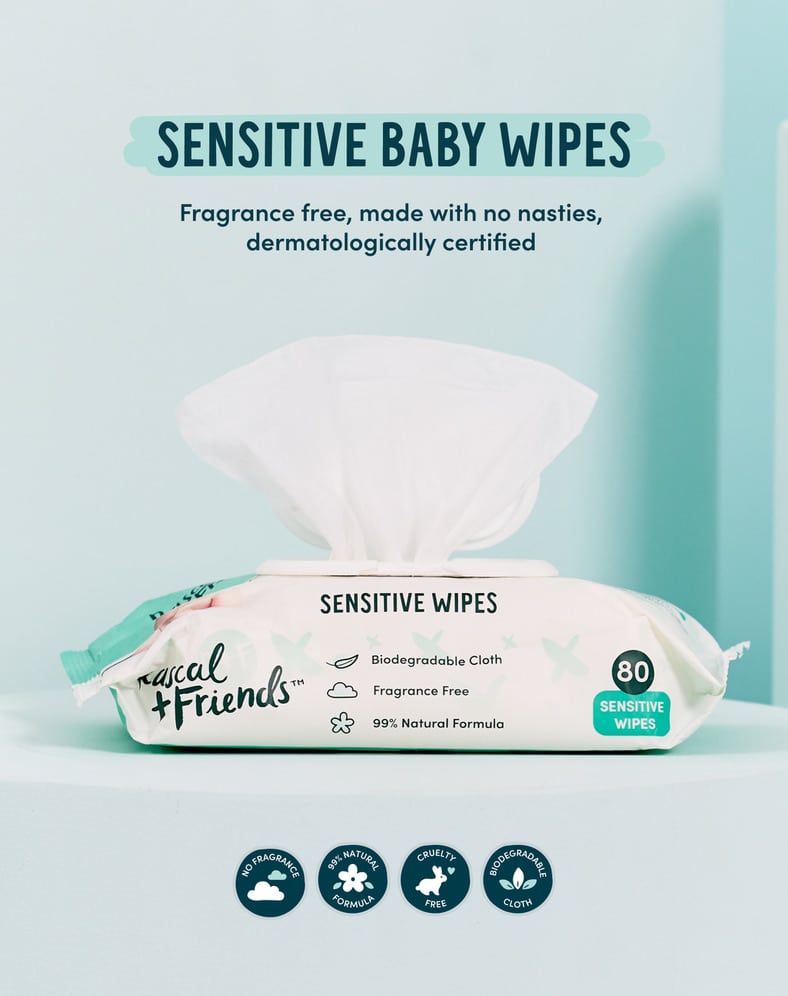
Bringing the Baby Home:
1. Introduce Your Furbaby to Your Baby slowly
In the first few days, you’ll have quite a few hospital blankets on hand. Share one of these used blankets with your pet so that they can interact with the smell of your baby while you hold your little one. Let your pet be free to interact with these items so that they can make themselves comfortable first and then introduce them to the real thing.
While introducing your dogs and babies to eachother, ensure that there are at least two adults around them when they are interacting. One person should hold the baby with care, as the other holds your pet and comforts it. Don’t let their mouth get too close to your baby’s face in the first few interactions. Be cautious and watch your pets body language. If they start getting too excited, give your pet a break. It’s okay to take it slow.
2. Avoid Punishment and Yelling
First impressions aren’t always the way we plan. Never punish your pets for growling, snarling, or hissing – these are their ways of letting you know that they’re uncomfortable. Preparing pets for baby is all about patience. Take a break for a while, let your pet calm down, and then try to reintroduce them to your little one. Negative reinforcement can cause resentment. Just like introducing a baby to its siblings, the two need to learn to live together harmoniously and form a loving bond.
The First Few Weeks of Preparing Pets for Baby:
Once the newness wears off, your pet should start to get used to having your baby in the home. Don’t let your guard down just yet. Even if your furbaby is the best dog with babies and has had some time to adjust, ensure that they don’t have direct access to your new arrival. The first few weeks can be a time of apprehension and adjustments for the entire family; you don’t know how your pet actually feels and they may start to miss your usual schedule together.
Let your baby and your pet have their free time while also involving them in any family activities. Do your best to keep your pet’s schedule like taking walks together or playtime. Being able to add your new baby to familiar habits will make your furbaby more welcoming to the new family member. However, keep your pet and baby separate during feeding time when your pet is most territorial. Even if they are comfortable with the baby, if it comes near their food dish, they may act out of character and it could get messy quickly!
Final Words:
Pets are a dear part of any home. As your family grows, you hope that each member will get along harmoniously. Your pet can be your child’s best friend and those first few months can set the tone of the rest of their relationship. Incorporating these tips will help your furry friends and your wriggly rascal get a good start.
The importance of a great bedtime routine for your baby
Most adults have a bedtime routine whether we realise it or not. When you go to bed, for instance, you probably don’t just jump straight into it after dinner. More than likely, you follow a basic routine of changing your clothes, brushing your teeth, washing your face, fixing your hair and maybe even watching an episode of your favourite drama series before turning in. Likewise, newborns should have a bedtime routine that is consistent and predictable. This will not only help your baby to settle and mentally prepare for bedtime, but it will reinforce your newborn’s natural circadian rhythms – helps to differentiate day from night.
When to start a bedtime routine with your baby:
A newborn bedtime routine should tell your baby that it’s time to settle down and go to sleep. The best bedtime routine is one that works with your schedule and can be maintained and smoothly transitions you and your baby from a busy day to a peaceful night.
Ideally, when your newborn is about 6-8 weeks old, you can get started on a bedtime routine. It can start off with just a cuddly feeding and a lullaby at first, and then you can add on as your baby grows into it with you. The key is to remain consistent.
A consistent and predictable bedtime routine provides a sense of comfort in your newborn that can be essential during times when your baby struggles to sleep, such as during growth spurts, during sleep regression or when you’re sleep training (ideally 4-6 months old).
How to start a bedtime routine:
A bedtime routine should not be a source of stress for you or your newborn baby. So don’t push yourself to start a bedtime routine from day 1 of your return from the hospital. Your body has already been through so much by giving birth to your newborn, so allow yourself, your body, your mind and your newborn a little time to get used to being home first. Although you may want to start early with developing a bedtime routine with your newborn, be realistic enough with yourself that you don’t push your limits too soon.
The best bedtime routine for your baby:
The best bedtime routine is simply the one that works best with you and your baby. Ultimately, the purpose of your newborn’s bedtime routine should help your baby sleep, train your baby to maintain the routine during tough nights and it should also help you to relax. Depending on your personality and your baby’s, some bedtime rituals may work better than others.
These bedtime moments with your newborn should be the coziest and calmest moments of your day. So make it special by adopting rituals that can create that soothing and relaxing space for you and your baby.
Here are a few examples you can use to help develop a bedtime routine that best works with you and your baby:
 Noise Reducer
Noise Reducer
You know your baby best so you know whether your baby sleeps best in silence or with a little sound humming in the background. While pregnant, your baby got used to certain sounds in your body as you slept. Like the constant, low pounding of your heart as it beats, the gurling of your stomach or the sound of fluid whooshing as he moved around in your tummy. As such, your newborn may enjoy the hum of a fan, soft music or the soothing sound from a white noise or sound machine or app to steady the night noises in the house. Some newborns, on the other hand, prefer silence, like most adults. So work with your newborn to reduce or stabilise the level of noise in the house to induce sleep.
 Bedtime Stories
Bedtime Stories
As adults, the best bedtime stories are the ones that make us fall asleep from the first page. For babies, it’s sometimes the sound of our soothing voices as we read to them that eases them to sleep. As they grow, their imagination stirs as we read and they drift into dreamland and continue the stories in their dreams. A good bedtime story is really just one that eases your baby to bed almost effortlessly. It has the added benefit of also increasing your child’s vocabulary and improving how they express themselves as they get older.
 Snuggle Your Baby
Snuggle Your Baby
Your baby spent a considerable amount of time in your tiny tummy, so now that he’s in this great big world, he still prefers the snug comfort of anything that mimics your tummy. So a nice long snuggle at bedtime can do the trick, or a swaddle with a blanket or dressing your newborn in a sleep sack, they all offer added security and keep your baby comfortable. It may even help your newborn sleep a bit longer. Swaddling is recommended for newborns up to 3 or 4 months. Try not to swaddle your newborn once they can roll over or undo the swaddle themselves.
Your newborn may also feel more secure in a bassinet or cradle versus a crib that may feel too vast for your newborn and not as cozy or contained.
 Bath and Body Massage
Bath and Body Massage
You can also try a warm soothing bath for your baby with calming scents that can soothe your newborn to sleep. You can also add a hand or body massage right after a bath that will help them to easily drift into sleep. Studies show that massaging your baby before bedtime, can increase the production of the sleep-enhancing hormone melatonin. Most adults can also attest to sleeping much easier after a massage so the same is true for babies.
After bringing your baby home, you may endure sleepless nights, but once you develop a bedtime routine that is consistent and predictable, sleepless nights will soon be behind you and your baby.
RELATED: Managing Stress in Early Parenthood

